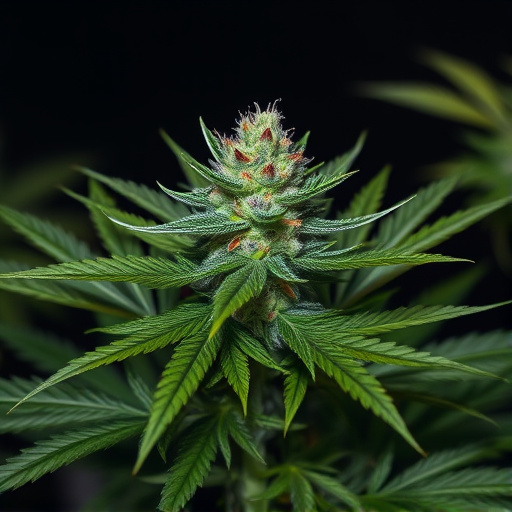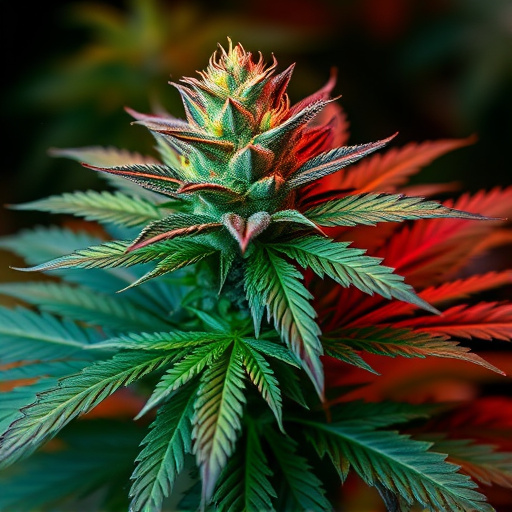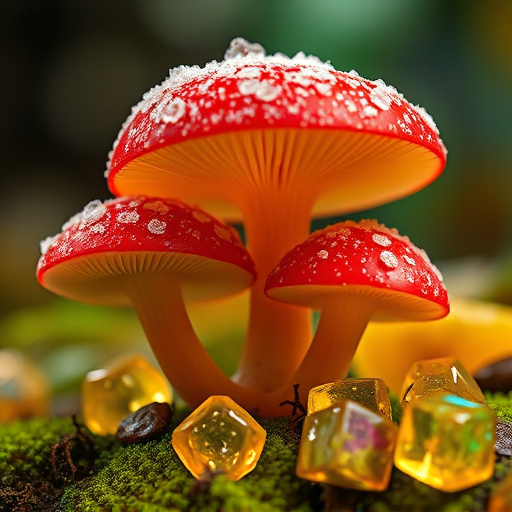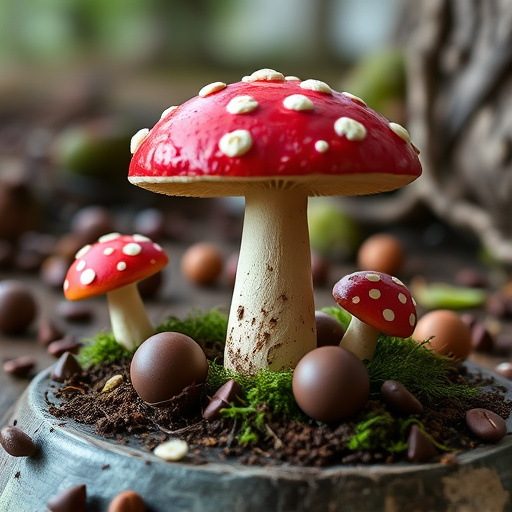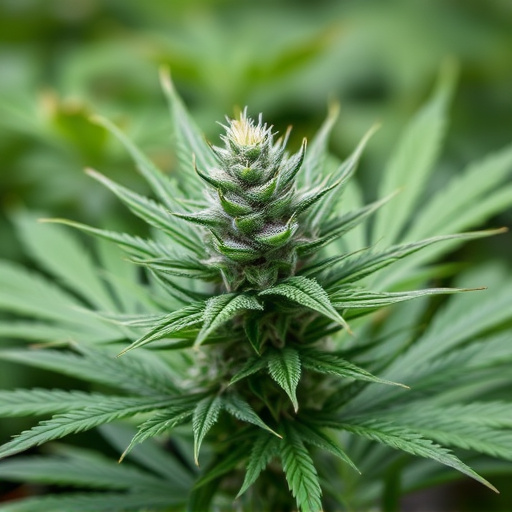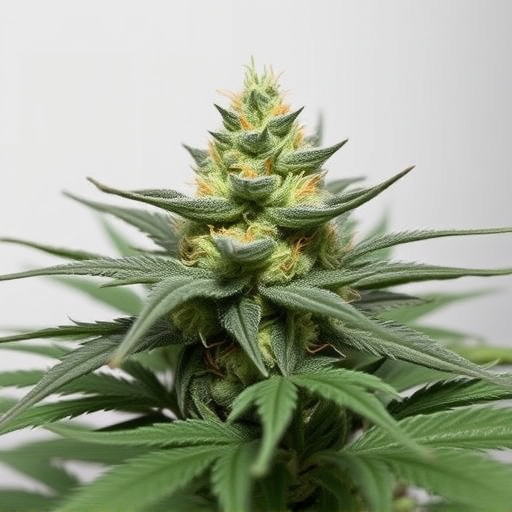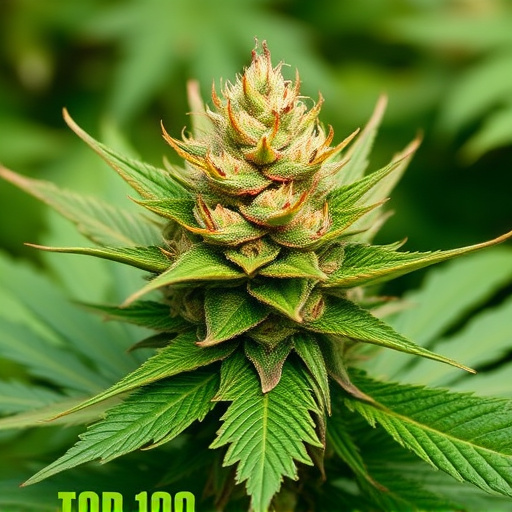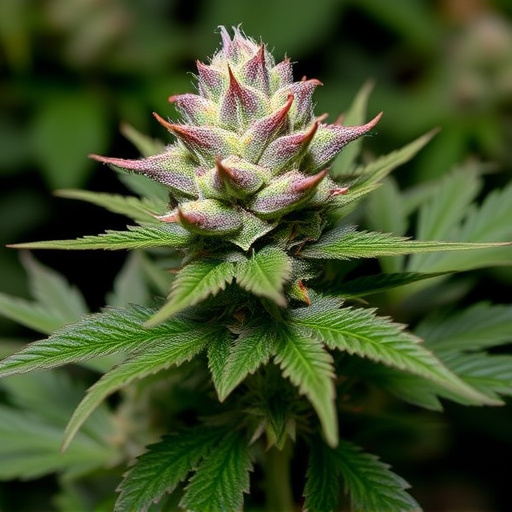The "top 100 cannabis strains" are diverse due to their unique chemical profiles, consisting of cannabinoids THC and CBD, which determine effects like relaxation or energy. Terpenes add scent, flavor, and therapeutic advantages, ranging from sedative to uplifting experiences. Indica, Sativa, and Hybrid strains cater to different needs, with Indica for evening relaxation, Sativa for daytime activities, and Hybrids offering a balance. Each strain appeals to individual preferences seeking specific effects or medical benefits without psychoactivity.
“Unraveling the diverse world of cannabis strains is key to tailoring your experience. This article guides you through the intricate dance of terpenes and cannabinoids, demystifying how these components create the unique effects that define each strain. From vibrant Sativas to calming Indicas and intriguing hybrids, we explore the top 100 cannabis strains and their properties. Learn how to navigate this landscape, considering factors like desired effects, medical benefits, and personal preferences, to unlock the perfect strain for your needs.”
- Understanding Cannabis Strains and Their Effects
- – What makes cannabis strains different?
- – Key components: Terpenes, Cannabinoids, and their interaction
Understanding Cannabis Strains and Their Effects

Cannabis enthusiasts often speak about the “top 100 cannabis strains,” but it’s essential to understand that each strain offers unique effects, catering to diverse user preferences and needs. These variations stem from the complex mix of cannabinoids and terpenes present in each strain. Cannabinoids like THC (tetrahydrocannabinol) and CBD (cannabidiol) are known for their psychological and physiological impacts, while terpenes contribute to the plant’s aroma, flavor, and potential therapeutic benefits.
For instance, Indica strains typically induce a calming, sedative effect, making them popular for evening relaxation and pain management. Sativa varieties, on the other hand, tend to energize and stimulate mental clarity, often preferred during daytime activities or creative pursuits. Hybrid strains offer a balance between these effects, appealing to those seeking versatile options that can cater to both relaxing and uplifting moments.
– What makes cannabis strains different?

Cannabis strains differ primarily due to their unique chemical profiles, particularly in the concentrations of cannabinoids like THC (Tetrahydrocannabinol) and CBD (Cannabidiol). These compounds are responsible for the various effects users experience when consuming cannabis. Each strain offers a distinct experience, ranging from uplifting and energetic to relaxing and sedating, depending on its cannabinoid makeup. The top 100 cannabis strains showcase this diversity, with some known for their potent THC levels, providing strong mental and physical effects, while others focus more on CBD content, offering potential medical benefits without the psychoactive high.
Beyond cannabinoids, other factors contribute to strain variation. Terpenes, aromatic compounds that give strains their distinctive scents and flavors, also play a role in the overall experience. Different terpenes can enhance or mellow out the effects of cannabinoids, creating a wide array of sensations from citrusy and fruity to spicy and woody notes. The combination of cannabinoids and terpenes creates the vast spectrum of cannabis strains we see today, each catering to different preferences and purposes.
– Key components: Terpenes, Cannabinoids, and their interaction
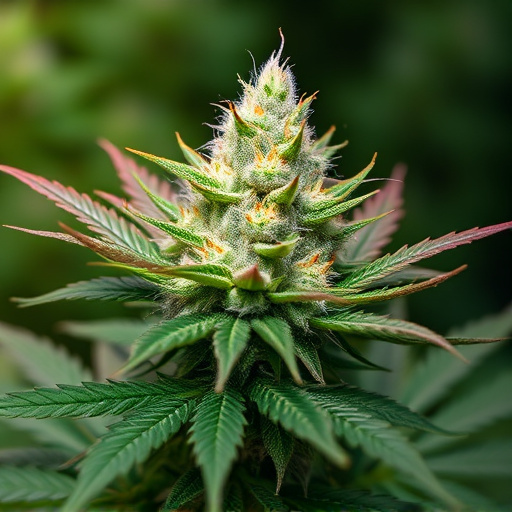
Cannabis strains vary greatly due to the unique combination of key components—terpenes and cannabinoids. Terpenes, aromatic compounds responsible for cannabis’s distinct scents and flavors, also influence its effects on the mind and body. For instance, myrcene is known for its sedative properties, while limonene boosts mood and energy levels. Cannabinoids, like THC (tetrahydrocannabinol) and CBD (cannabidiol), play a significant role in determining the strain’s potency and specific impacts.
THC primarily induces psychoactive effects, leading to feelings of euphoria and relaxation, while CBD is non-intoxicating and known for its potential medicinal benefits, including pain relief and reduced anxiety. The interaction between terpenes and cannabinoids creates a complex profile that contributes to the diverse experiences associated with different cannabis strains, making them appealing to consumers in the top 100 cannabis strains market.
When exploring the diverse world of cannabis, understanding how different strains affect your body and mind is key. Each strain’s unique combination of terpenes and cannabinoids creates a varied experience, catering to specific preferences and needs. Whether seeking relaxation, energy, or targeted pain relief, knowing the top 100 cannabis strains and their effects empowers informed choices. By delving into this knowledge, you can navigate the market effectively, ensuring a positive and personalized journey through this ancient plant’s modern applications.
